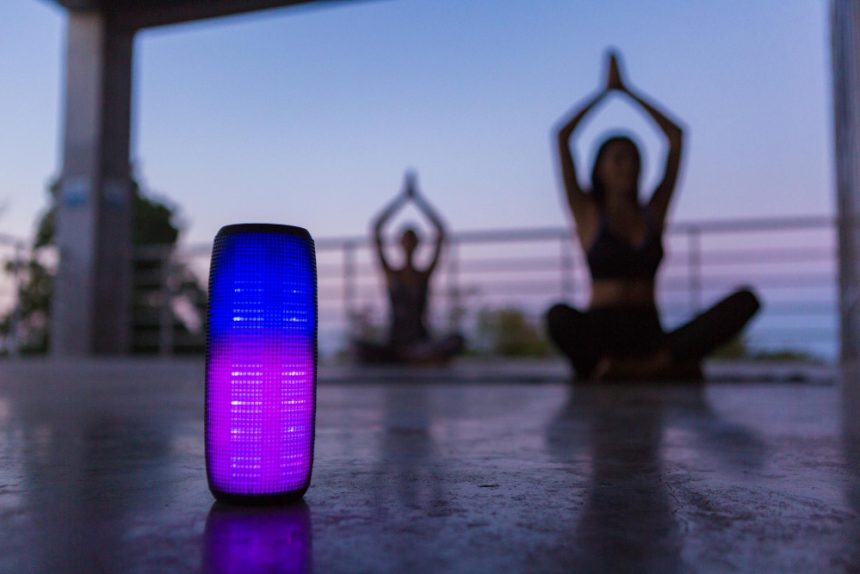Understanding the Modern Relationship Between Constant Digital Connectivity and the Human Need for Downtime
In today’s world, digital technology is woven into nearly every part of daily life. Our phones wake us up in the morning, our laptops carry us through the workday, and our tablets or streaming devices provide evening entertainment. On the surface, this convenience feels like progress—knowledge, community, entertainment, and opportunity are always at our fingertips. Yet beneath this surface of constant availability lies a deeper challenge: learning how to protect and nurture personal relaxation in an environment where the digital world never truly turns off.
The pull of technology is not accidental. Social media platforms, messaging apps, and streaming services are designed to grab our attention and hold it. Notifications trigger small bursts of dopamine in the brain, encouraging us to check just one more message or scroll a little longer. Over time, this habit conditions us to be “always on,” making it difficult to step back even when we want to. The line between work and leisure increasingly blurs—emails trickle in after dinner, group chats vibrate late into the night, and online entertainment stretches into hours we once reserved for rest.
This cycle can shape our stress levels in subtle but powerful ways. Being perpetually connected often creates a low-level mental busyness, where focus becomes scattered and genuine rest feels elusive. Even when the body is at rest, the mind lingers on unfinished tasks, unread notifications, or the fear of missing out online. True relaxation—where attention softens, breathing slows, and the nervous system resets—becomes harder to access in a tech-saturated lifestyle.
To live well in this digital era, it is not about rejecting technology outright but about redefining the relationship we have with it. Rest is not a luxury; it is a necessity for physical health, cognitive clarity, and emotional balance. Finding harmony between digital connection and human downtime means creating boundaries with intention and reclaiming moments where the mind can truly let go.
Practical Strategies for Reclaiming Calmness, Reducing Mental Overload, and Building Gentle Routines
Fortunately, balance is possible. By adopting a few thoughtful practices, it becomes easier to enjoy the benefits of digital tools without letting them dictate the quality of our rest. Here are some strategies that support this balance:
1. Designate Tech-Free Zones and Times
Create small islands of digital freedom throughout your day. For example, keep meals screen‑free to focus on taste, conversation, and simple presence. Consider a “no phone by the bed” policy so evenings and mornings start in peace rather than abrupt digital noise. Consistent boundaries signal to the mind that there are protected spaces for rest.
2. Use Scheduling to Your Advantage
Rather than allowing notifications to scatter your attention throughout the day, choose intentional windows for checking messages, emails, or social feeds. This not only reduces mental clutter but also gives you deeper, more focused periods for both work and downtime.
3. Turn Digital Tools Into Allies for Well‑Being
Not all screen use is draining. Apps for meditation, movement, journaling, or calming music can reinforce relaxation practices rather than undermine them. The key is intentionality: use technology with a clear purpose, not by default. Ask: “Am I using this tool to restore, or am I avoiding stillness?”
4. Practice Mindful Pauses
Pause regularly to notice your body and breath, especially after long stretches of screen use. Gentle awareness resets attention and prevents mental overload. A few deep breaths, a short walk, or simply looking out of a window can remind the body that life is not confined to a glowing rectangle.
5. Reconnect With Analog Pleasures
Balance often comes from reclaiming activities that exist outside the digital sphere: reading a printed book, cooking without background scrolling, practicing a hobby with your hands, or spending unscheduled time outdoors. These activities highlight the richness of slow moments and offer a counterbalance to constant stimulation.
6. Develop an Evening Unwind Routine
Since digital exposure can keep the brain in a stimulated state, cultivate rituals that guide you into rest without technology. Dim lights, stretch, sip tea, or write down the day’s thoughts. By signaling to the body that it is safe to power down, sleep deepens and recovery becomes more complete.
7. Adopt a Gentle, Compassionate Approach
Balance does not mean perfection. Some days will include late‑night scrolling or extra digital hours—it happens. The goal is not to feel guilty over missteps but to keep nurturing awareness. Like any lifestyle shift, balance is built day by day, with flexibility and kindness toward yourself.
Redefining Relaxation in a Digital Era
Finding peace in today’s tech‑driven world is less about shunning devices and more about learning to use them wisely. Digital tools can connect, educate, and even soothe—but only if they exist within a broader rhythm that honors the body’s need for calm. The real secret lies in cultivating a relationship to technology that feels measured rather than reactive.
By drawing clear boundaries, embracing offline practices, and using technology intentionally rather than automatically, we can carve out meaningful spaces for restoration. In doing so, relaxation once again becomes what it should be: a sanctuary of ease, clarity, and renewal, even in a world where the digital current never sleeps.
Personal relaxation in the digital age is not about abandoning your devices but about creating a sustainable balance. When technology supports rather than sabotages your energy, you gain space to truly unwind, refresh your mind, and live with a greater sense of presence and vitality.











